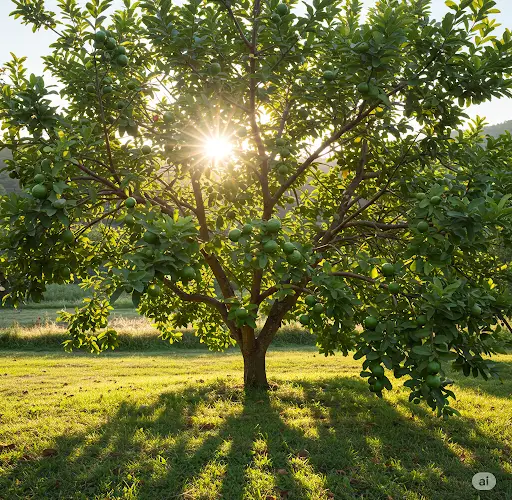Fruit trees are a rewarding addition to any garden, offering fresh produce and enhancing the landscape. However, waiting several years for trees to bear fruit can test a gardener’s patience. Fortunately, employing wire training techniques can expedite fruiting, improve tree structure, and increase yields.
Understanding Wire Training
Wire training involves guiding the growth of fruit tree branches using wires to achieve desired shapes and orientations. This method not only supports the tree structurally but also influences its physiological development, promoting earlier and more abundant fruiting.
Benefits of Wire Training
-
Enhanced Light Exposure: Properly trained branches allow sunlight to penetrate the canopy, vital for photosynthesis and fruit development.
-
Improved Air Circulation: Open structures reduce humidity and the risk of fungal diseases.
-
Stronger Branches: Guided growth results in sturdier limbs capable of supporting heavy fruit loads.
-
Space Efficiency: Training trees in specific forms, like espaliers, makes them suitable for small gardens or against walls and fences.
Implementing Wire Training
-
Select Appropriate Trees: Choose young, flexible trees such as apples, pears, or peaches, which respond well to training.
-
Install Support Structures: Set up sturdy posts or trellises with horizontal wires spaced 30–60 cm apart, depending on the desired tree form.
-
Attach Branches: Gently tie branches to the wires using soft ties, guiding them into the preferred orientation.
-
Regular Maintenance: Monitor growth, adjusting ties and pruning as necessary to maintain the structure and encourage fruiting.
Timing and Techniques
Initiate training during the tree’s dormant season (late winter to early spring) to minimize stress. Consistent pruning and adjustment throughout the growing season will reinforce the desired shape and promote early fruit production.
Conclusion
Wire training is a practical and effective method to encourage early fruiting in trees. By guiding growth and optimizing conditions, gardeners can enjoy bountiful harvests sooner than traditional methods allow.



